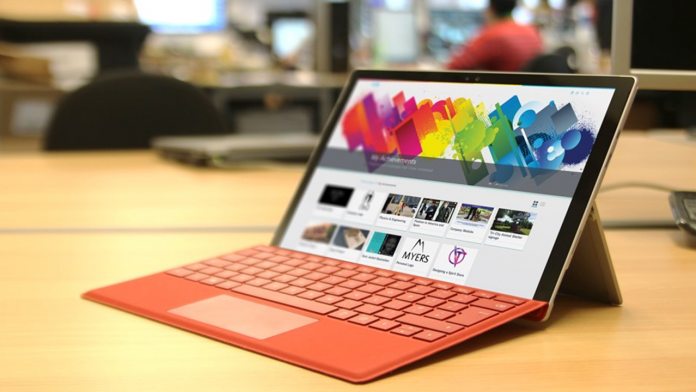“This decision was made primarily because it is no longer viable for us to continue operating the product at the current levels,” said Microsoft of the changes. Developers will continue to receive their regular payouts up until the closure date, with no changes to the schedule. From June 8, they’ll be able to download of all their historical ad performance data as analytics pages are taken offline.
— Arlo Godfrey ??? ?????? (@Arlodottxt) January 31, 2020 For UWP developers who will struggle, Microsoft recommends switching to another ad platform. “While this transition may be painful for developers who rely on the Ad Monetization platform today, we want to provide adequate time to make the transition to another ad platform,” it said. “Our recommendation is to begin initiating a switch over immediately by evaluating alternate options for ad monetization for your Windows apps.” With this move, the future of UWP is even more uncertain. On January 16, the company seemingly removed a 95% revenue split agreement it made with developers less than a year ago. A day earlier, it had shuttered the Microsoft Store for business and education. Last year, the company made the decision to allow Win32 games on its store and laid out a roadmap for XAML Islands v1, which essentially lets .NET and Win32 apps use UWP features like Inking and Fluent Design controls. Still, research from UWP dev Arlo seems to indicate that most of the UWP cash comes through in-app purchases or donations. If that’s the case, it’s unlikely to have a wide-reaching effect on UWP development, but it’s unlikely to garner a feeling of trust and stability. Unfortunately, it’ll be the developers who jumped on UWP early who are likely to be hit first, but the current model clearly wasn’t working. Until the landscape becomes clearer, devs of free UWP apps can also explore optional subscriptions and other monetization forms.




